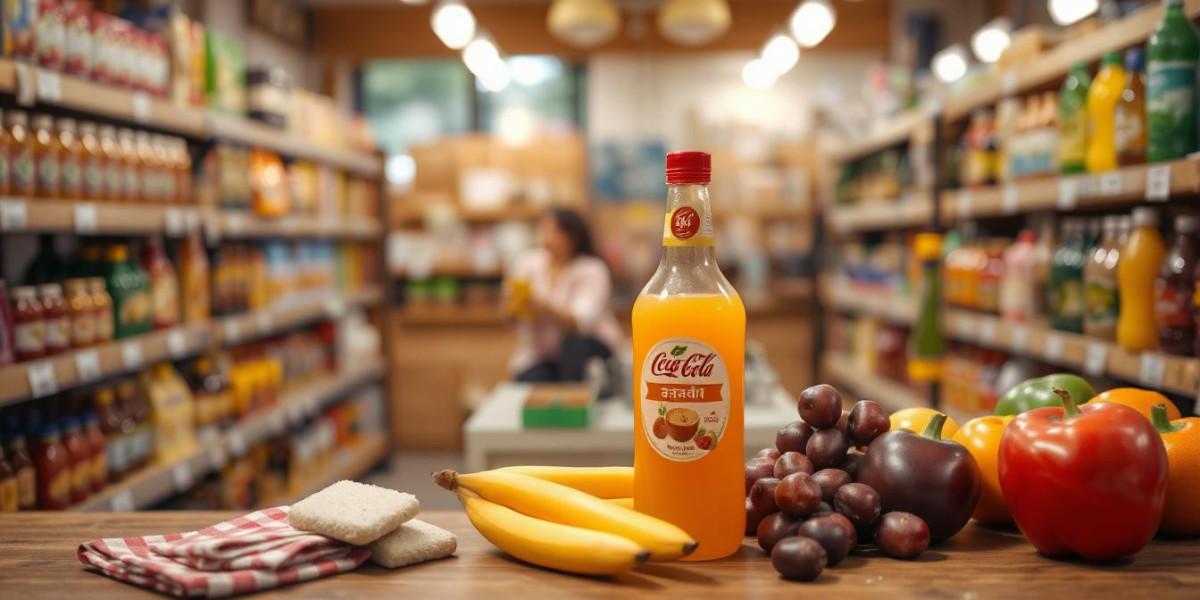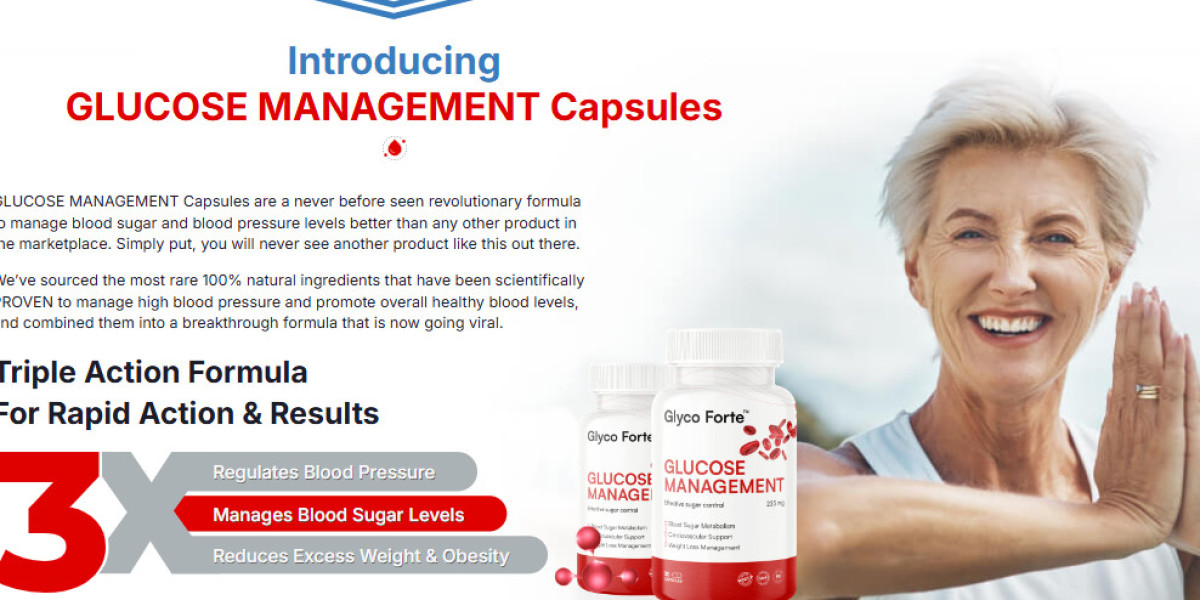The FMCG (Fast-Moving Consumer Goods) sector is a powerhouse of rapid innovation, impulsive buying behavior, and high-volume sales. But as technology and consumer preferences evolve, so do the FMCG advertising strategies. What once thrived on 30-second TV commercials has now found a new playground on 15-second TikTok reels.
In this blog, we’ll trace the journey of FMCG advertising—from the golden age of television to today’s data-driven digital age—and understand how brands are partnering with a digital advertising company like Adomantra to stay relevant.
1. The Television Era (1980s–2000s): Where It All Began
In the pre-digital world, FMCG brands heavily relied on television. It was the king of reach.
Emotional storytelling was the core. Ads like Nirma’s washing powder jingle or Amul’s topical TV content etched themselves in public memory.
Primetime slots were gold mines for visibility.
Media buying was expensive but necessary due to mass visibility.
Limitations:
Lack of measurable ROI
Limited targeting capabilities
High cost for small brands
Still, this era helped build brand recall and trust—a foundation FMCG brands still rely on.
2. Rise of Internet & Search (2000s–2010s): Enter Google
As digital literacy grew, so did the internet’s role in advertising.
Brands started SEO, display ads, and Google AdWords campaigns.
Product reviews and influencer blogs emerged as new-age endorsements.
Consumer decisions began to shift from what they saw on TV to what they read online.
Digital advertising companies like Adomantra played a key role in this shift by offering analytics-driven solutions that could measure effectiveness better than TV ever could.
3. Social Media Boom (2010–2020): The Facebook & YouTube Age
Social media transformed FMCG advertising strategies forever. Facebook allowed micro-targeting, while YouTube opened a platform for long-form storytelling.
Brand storytelling evolved. Think of Dove’s Real Beauty or Coca-Cola’s “Share a Coke” campaign.
Retargeting, lookalike audiences, and customer segmentation changed ad dynamics.
Consumers started talking back. Engagement became a two-way street.
Platforms like YouTube enabled product demos and reviews, while Instagram and Facebook became brand playgrounds for curated content.
4. Influencer Marketing: The Game Changer
This period also saw the rise of influencer marketing as a full-fledged strategy.
FMCG brands started collaborating with micro-influencers for niche targeting.
Authenticity mattered. Audiences trusted real people more than polished TV ads.
ROI became measurable through affiliate codes, trackable links, and engagement metrics.
Today, digital advertising companies such as Adomantra offer end-to-end influencer strategy—from creator selection to campaign analysis.
5. The TikTok Revolution (2020–2025): Short Form, Big Impact
With the explosion of TikTok and Instagram Reels, brands adapted to ultra-short storytelling formats.
The “15-second rule” forces creativity and immediacy.
Hashtag challenges and viral formats boost organic reach.
User-generated content (UGC) is now king.
FMCG brands like Maggi, Pepsi, and Parle-G are using creators to co-create content that feels organic, fun, and immensely shareable. TikTok, especially in tier-2 and tier-3 cities, has become a goldmine for FMCG reach.
6. Personalization Through AI & Programmatic Ads
In 2025, personalization is the new persuasion.
AI helps create dynamic creatives based on user behavior.
Programmatic advertising automates media buying for the best returns.
Machine learning optimizes campaign performance in real time.
Partnering with a digital advertising company that understands data is no longer optional. It’s a necessity. Adomantra offers AI-driven campaigns that optimize performance on every rupee spent.
7. Omnichannel Approach: Bridging Online and Offline
Smart FMCG brands are now merging offline experiences with digital interactions.
QR codes on packaging redirect to video recipes or social contests.
Retailers are using geofencing to target mobile users near stores.
WhatsApp has become a direct marketing tool for FMCG updates.
This blend ensures consumers are engaged wherever they are—online or on-ground.
8. Voice Search & Vernacular Strategy
With increasing adoption of smart speakers and regional content:
FMCG brands are optimizing for voice queries like “best soap for dry skin.”
Regional influencers are gaining prominence in video ads.
Vernacular content connects deeper with local audiences.
This has made voice-friendly, multi-language advertising a part of future-ready FMCG advertising strategies.
9. Data Privacy & Ethical Advertising
Modern consumers demand transparency. In 2025:
Opt-in marketing is the norm.
Data security is part of brand trust.
Ethical storytelling and sustainability matter more.
Advertising is no longer just about selling. It’s about value-building.
10. The Road Ahead: What's Next?
In the next wave, expect:
Augmented Reality (AR) try-ons for FMCG beauty products.
Interactive content that leads directly to conversion.
AI-generated creatives tailored in real time to user moods and preferences.
15 Most Asked FAQs about FMCG Advertising Strategies
What are FMCG advertising strategies?
Techniques used to promote fast-moving consumer goods using channels like TV, digital, influencer marketing, and more.Why are digital platforms crucial for FMCG brands?
Because they enable precise targeting, real-time analytics, and cost-efficient campaigns.How has TikTok changed FMCG advertising?
It promotes short-form, user-driven content that enhances brand engagement organically.What is the role of a digital advertising company in FMCG?
They craft and execute targeted campaigns, measure performance, and optimize ROI.Is TV advertising still relevant for FMCG brands?
Yes, for mass awareness, especially in rural areas, though it’s less targeted than digital.What are examples of successful influencer-led FMCG campaigns?
Brands like Lays, Dettol, and Pepsi have used influencers for product launches and promotions.How does AI help in FMCG advertising strategies?
It personalizes content, predicts user behavior, and automates ad placement.What is omnichannel advertising in FMCG?
A strategy that combines online and offline marketing touchpoints seamlessly.Can small FMCG brands afford digital advertising?
Absolutely. Platforms like Instagram and Google Ads offer scalable budgets.How do I measure FMCG ad campaign performance?
Use metrics like impressions, CTR, engagement, and sales uplift.Is regional content important in FMCG ads?
Yes. It boosts relatability and connects better with diverse Indian audiences.What’s the role of voice search in FMCG marketing?
It helps consumers find products through conversational queries on smartphones and smart speakers.What is programmatic advertising?
Automated, real-time buying and placement of ads using AI for maximum efficiency.How can FMCG brands ensure ethical advertising?
By being transparent, avoiding manipulative claims, and respecting user data.What services does Adomantra provide for FMCG brands?
Influencer marketing, video ads, performance campaigns, AI-driven creatives, and more.
Conclusion: Stay Relevant or Fade Away
The evolution from TV to TikTok is more than just a platform shift—it’s a mindset change. Today’s consumer is smarter, faster, and digitally native. For FMCG brands, adapting to these shifts is non-negotiable.
Partnering with an experienced digital advertising company like Adomantra gives FMCG brands a competitive edge—from strategy to execution.
The future of FMCG lies not just in what you sell, but in how and where you tell your story.







